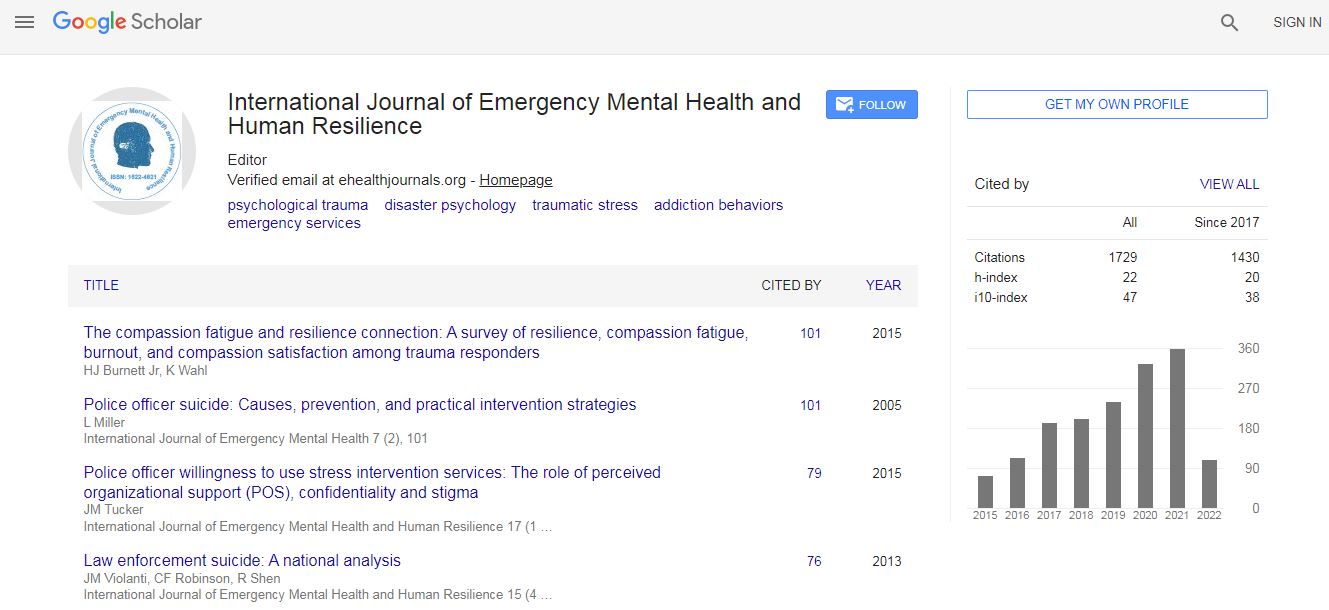Letter to Editor
A Blueprint for the Future Development of Psychotherapy
Emilio Gutiérrez1,2*, Carlos Libisch2, Olaia Carrera2
1Department of Clinical Psychology and Psychobiology, Faculty of Psychology, University of Santiago de Compostela, Spain
2Unit Venres Clínicos, Faculty of Psychology, University of Santiago de Compostela, Spain
Abstract
A dispassionate view of psychotherapy, leaving aside allegiances to particular schools, reveals it is extremely uncommon to find clear differences in efficacy between diverse treatment approaches (Luborsky et al., 2002). Even worse, when active treatments are compared to structurally equivalent placebos, only negligible effects are obtained in comparison to former treatments (Baskin, Tierney, Minami & Wampold, 2003). A plausible explanation for the apparent similarity in efficacy of different treatments is the existence of underlying common factors shared by all treatments which is ultimately responsible for the purported equivalence attained by different therapeutic approaches (Frank & Frank, 1993). This shared equivalence has been recently reinforced by the literature on placebo, and particularly research using neuroimaging techniques showing how patients’ expectancies interact with the clinical setting stimulating the rewarding brain circuitry.

 Spanish
Spanish  Chinese
Chinese  Russian
Russian  German
German  French
French  Japanese
Japanese  Portuguese
Portuguese  Hindi
Hindi 